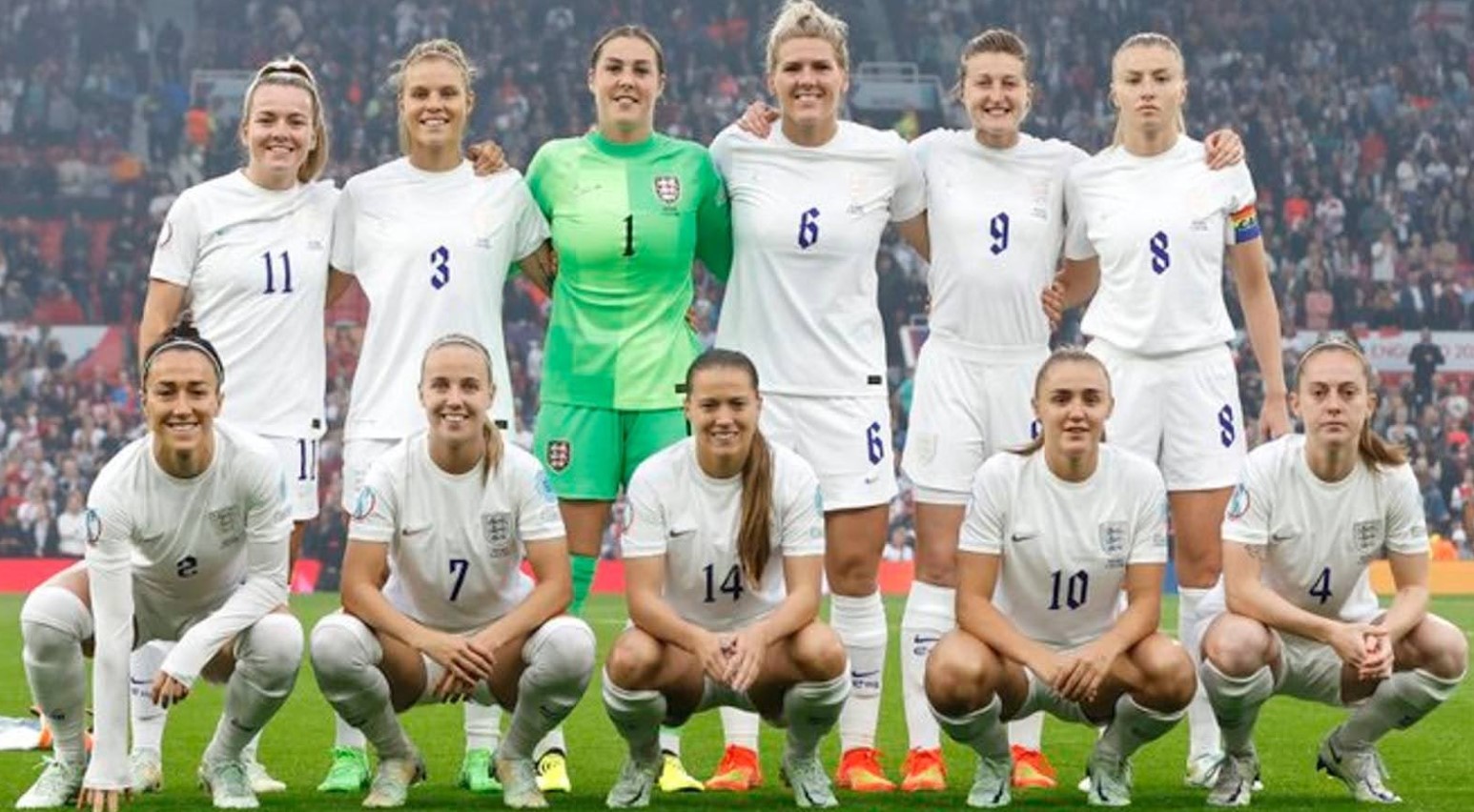Women's Football in the UK: The Rapid Rise and Future Prospects
Over the past decade, women's football in the UK h

Over the past decade, women's football in the UK has undergone a remarkable transformation, evolving from a niche interest to a mainstream phenomenon. While the roots of the sport trace back over a century, it is only in recent years that women's football has truly begun to capture the nation's attention. From packed stadiums and record-breaking viewership to increased investment and sponsorship, the landscape of the sport has changed dramatically. This surge in popularity is not just a fleeting trend but a testament to the tireless efforts of players, coaches, and advocates who have fought to elevate the game to new heights. As we stand on the brink of a new era, this article explores the factors driving the rapid rise of women's football in the UK and delves into the exciting future that lies ahead.
Key Factors Driving the Growth of Women's Football
The growth of women's football in the UK has been propelled by a combination of key factors, each contributing to the sport's newfound prominence on both the domestic and international stages. One of the most significant drivers has been the exponential increase in media coverage. Where once women’s matches received scant attention, today, they are broadcast on major networks and streamed to global audiences, amplifying the sport's visibility and attracting new fans.
Investment and sponsorship have also played a crucial role. Major corporations and brands are now recognizing the value of aligning with women's football, pouring resources into the sport that have led to improved facilities, better training opportunities, and more lucrative contracts for players. This financial backing is not just a sign of the sport's potential but a catalyst for its continued growth.
At the grassroots level, development programs have been instrumental in nurturing young talent and promoting inclusivity. Initiatives aimed at increasing participation among girls from a young age have helped to build a strong pipeline of future stars, ensuring that the sport's growth is sustainable.
The role of governing bodies, particularly the Football Association (FA), cannot be understated. Their commitment to developing infrastructure, setting policies that encourage equality, and promoting the women’s game has been pivotal. By creating a solid foundation, they have helped to professionalize the sport, making it more competitive and attractive to a wider audience.
Interestingly, as the popularity of women’s football continues to soar, there has also been a cross-pollination with other rapidly growing industries, such as the digital economy. For instance, platforms like crypto casino have begun to recognize the potential of sponsoring women's sports, adding a new layer of financial support that further fuels the sport's expansion. These collaborations underscore the broadening appeal of women's football and its growing significance in the global sports landscape.
The Current Landscape: Achievements and Challenges
The current landscape of women's football in the UK is a mix of remarkable achievements and ongoing challenges, reflecting both the progress made and the hurdles that still need to be overcome. Domestically, the Women's Super League (WSL) has emerged as one of the most competitive and popular leagues in the world. With increasing attendance figures, thrilling matches, and high-profile signings, the WSL has firmly established itself as a premier destination for top talent. The success of the league has also been mirrored on the international stage, where the England Women's National Team, known as the Lionesses, has consistently performed at a high level, earning accolades and capturing the hearts of fans across the country.
However, alongside these successes, the sport continues to face significant challenges. One of the most pressing issues is the persistent gender pay gap, which sees female players earning a fraction of what their male counterparts make, even as they perform on similarly high-profile stages. Additionally, there is still a disparity in media coverage, with women’s football not always receiving the same level of attention as the men’s game, despite its growing popularity.

Representation in leadership roles within the sport is another area that requires improvement. While there has been progress, women are still underrepresented in coaching, management, and administrative positions, which limits the diversity of perspectives that could drive further growth and innovation.
Despite these challenges, the future remains bright, partly due to the increasing interest from new sectors. For instance, Dash casino, among other modern enterprises, has begun to see the value in associating with women's football. This not only provides much-needed financial support but also highlights the broader appeal and growing significance of the women’s game. Such partnerships demonstrate the potential for overcoming current challenges and achieving greater equity and recognition in the world of football.
Future Prospects: What Lies Ahead for Women's Football in the UK
The future of women's football in the UK is brimming with potential, as the sport continues to ride the wave of its recent successes and surmount lingering challenges. Looking ahead, the trajectory for growth appears strong, with several key factors poised to further elevate the sport to new heights.
One of the most promising aspects is the anticipated increase in youth participation. With more young girls being inspired by the achievements of their footballing heroes, the talent pipeline is set to expand, bringing fresh energy and skill to the game. This surge in grassroots interest will likely translate into more competitive leagues and a deeper pool of talent for clubs and the national team to draw from.
Technological advancements are also expected to play a significant role in shaping the future of women's football. From enhanced data analytics that can refine player development to innovative fan engagement platforms that bring supporters closer to the action, technology will be a critical driver of the sport's evolution. Additionally, as digital currencies gain traction, new forms of sponsorship and partnerships are emerging. For example, platforms like Litecoin casino have begun exploring opportunities to align with women's football, offering a modern twist on traditional sponsorships and injecting fresh capital into the sport. These partnerships reflect the growing intersection between technology and sports, further boosting the game's financial health and visibility.
However, the road ahead is not without potential obstacles. Economic fluctuations, policy changes, and the ongoing battle for equality in sports are all factors that could impact the pace of growth. Yet, with strong leadership, continued investment, and an ever-growing fan base, the future of women's football in the UK looks incredibly promising. As the sport continues to break down barriers and push boundaries, it is on course to become a central pillar of the global football landscape.
The Path to a Brighter Future
As we look toward the future of women's football in the UK, the path ahead is filled with optimism and opportunity. The sport has already made significant strides, breaking through historical barriers and establishing itself as a powerful force in the world of athletics. Yet, the journey is far from over. The path to a brighter future involves not only building on the successes of today but also addressing the challenges that still linger, ensuring that the momentum continues and that the sport reaches its full potential.
One of the key elements in forging this brighter future is the ongoing commitment to equality and inclusion. The progress made in closing the gender gap in pay, media coverage, and leadership roles must be accelerated. By creating a more equitable environment, women's football can ensure that all players, regardless of gender, have the opportunity to thrive and succeed at the highest levels.
Another crucial factor is the role of education and outreach. As the sport continues to grow, it’s essential to engage with communities and inspire the next generation of players, coaches, and fans. Grassroots programs and school partnerships will be vital in cultivating a love for the game from a young age, ensuring that the pipeline of talent remains strong and diverse.
Investment in infrastructure and resources will also play a pivotal role. From state-of-the-art training facilities to advanced sports science support, providing players with the best possible tools and environment will not only enhance performance but also attract more talent to the sport. Moreover, embracing technological advancements and innovative practices will keep the game at the cutting edge, appealing to a global audience that is increasingly tech-savvy and connected.
The future of women's football in the UK is not just about maintaining the status quo; it's about setting new standards and reaching new heights. By fostering a culture of ambition, collaboration, and resilience, the sport can continue to grow and inspire. As the sport evolves, it will serve as a beacon of progress, showing the world what is possible when passion and perseverance are combined with support and opportunity. The path to a brighter future is clear, and with the right focus and determination, women's football in the UK is set to shine even brighter in the years to come.







